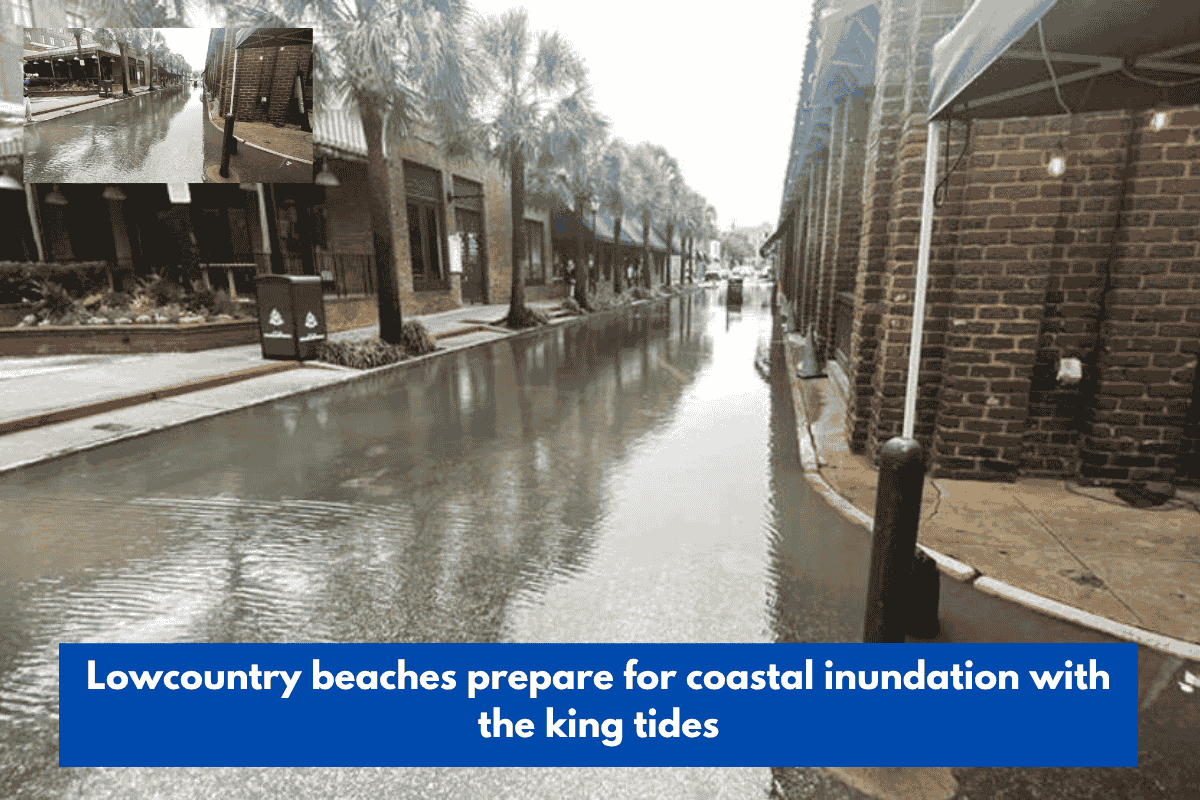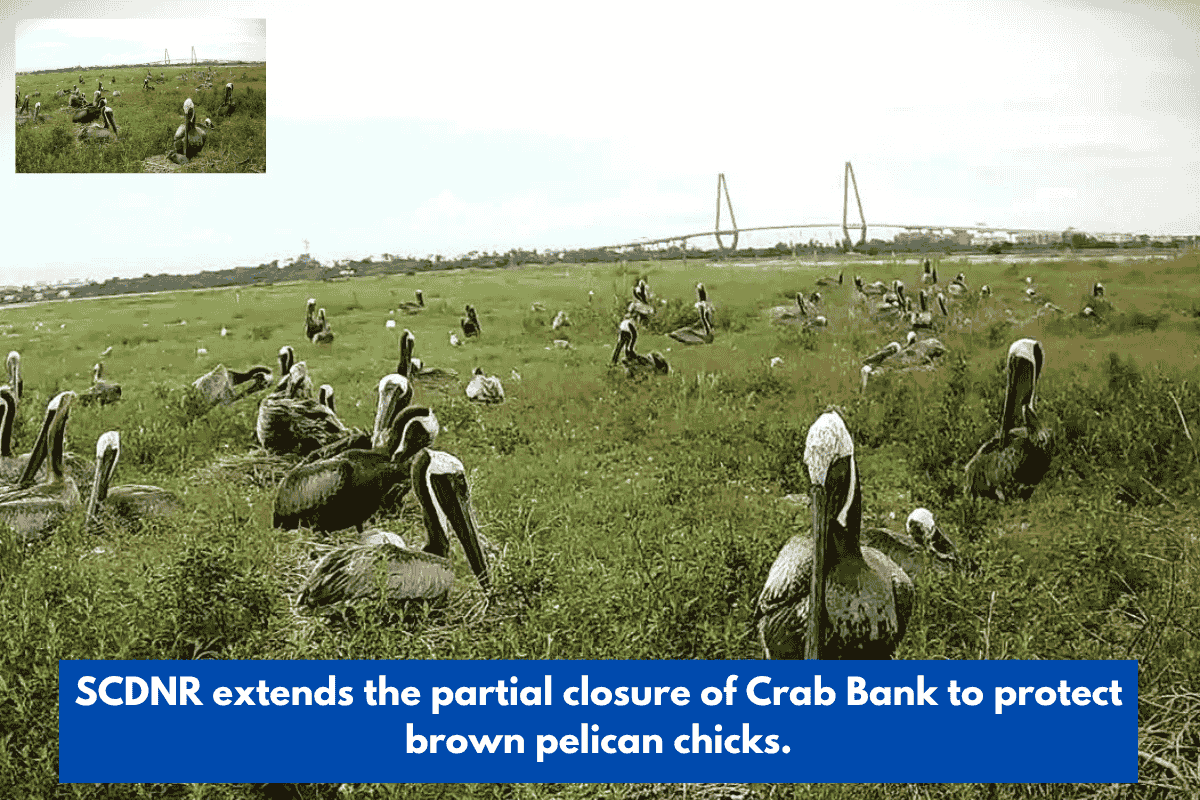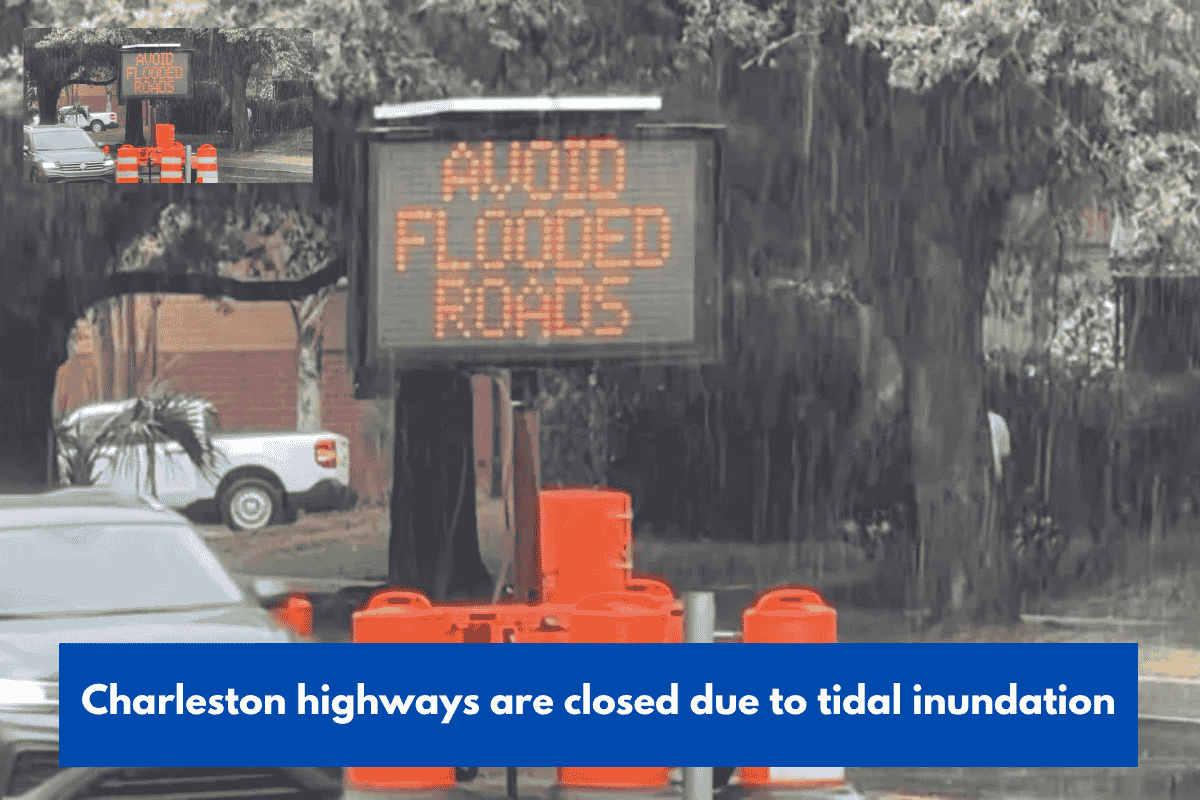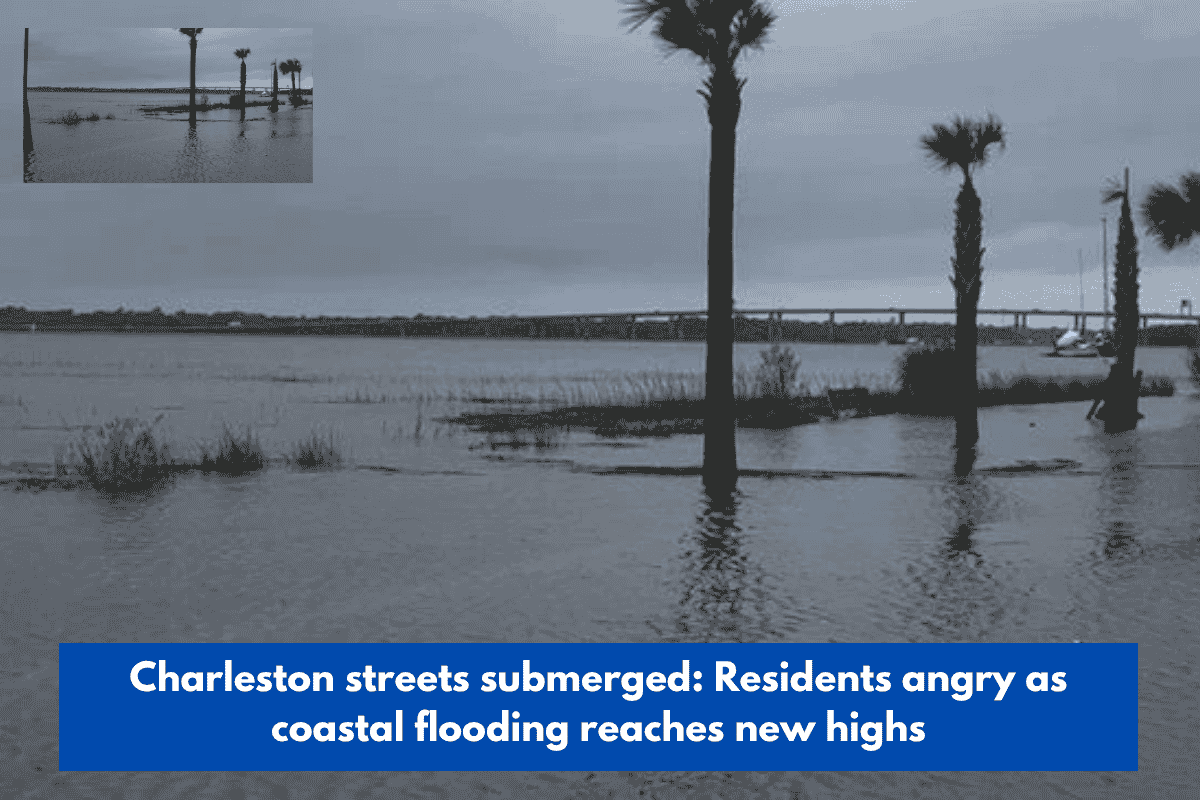As loggerhead sea turtles enter the peak of their nesting season along Lowcountry beaches, conservation officials are reminding beachgoers to leave no trace to help protect the species. With large crowds expected over the July 4th weekend, it’s critical for visitors to follow important safety guidelines to ensure these endangered creatures have a clear path to the ocean.
Loggerhead Nesting and Hatchling Season
The Folly Beach Turtle Watch Program has been monitoring loggerhead nesting activity, with mothers coming ashore to lay their eggs. Vanessa Oltmann, a volunteer with the program, shared that they are preparing not only for nesting but also for the hatchling season that follows. Hatchlings typically emerge 45 to 70 days after being laid, making their way to the ocean to start their journey, often swimming as far as 50 miles out to sargassum grass, where they will spend their early years.
Unfortunately, only one in 1,000 sea turtles makes it to adulthood, which is why it’s so important to make sure these young turtles can safely reach the ocean.
Beach Safety Tips to Protect Sea Turtles
With the holiday weekend approaching, officials are urging beachgoers to be extra cautious. Here are key tips to protect the turtles:
Turn off all lights from dusk to dawn. Bright lights can disorient both mother turtles and hatchlings, causing them to become disoriented and head in the wrong direction.
Take your trash with you. Leaving trash behind can harm turtles and other wildlife. It’s also a hazard if a turtle or hatchling gets trapped in discarded beach equipment.
Fill in holes. Deep holes in the sand can trap turtles and prevent them from reaching the water. A hole that is five feet wide and four feet deep can be especially dangerous, according to Oltmann.
Remove beach equipment after use to avoid creating obstacles in the sand that could impede a turtle’s journey.
The Threat of Litter and Microplastics
Litter, especially plastics, presents another threat to sea turtles. Turtles may mistake trash for food, leading to potentially fatal consequences. Susan Hill Smith, co-founder of the Isle of Palms Cleanup Crew, emphasized the growing issue of microplastics in the ocean, which can be harmful not only to turtles but also to birds and other wildlife.
Smith urges visitors to plan carefully and minimize disposable items when heading to the beach. Using reusable bags and bottles can significantly reduce waste. Keeping track of all your items while at the beach also helps prevent litter from being left behind.
What to Do if You See a Hatchling
Although it’s rare to spot a hatchling, officials recommend calling the public safety department if you do come across one. Make sure to stay 25 to 30 feet away and avoid disturbing the animal. Hatchlings are vulnerable, and any interference can disrupt their journey to the sea.
Get Involved in Beach Cleanups
If you’re looking for a way to help, consider joining one of the many beach cleanups organized by local groups and the South Carolina Aquarium. These cleanups help remove harmful waste from the beaches, creating a safer environment for sea turtles and other wildlife.














